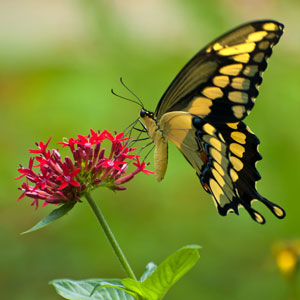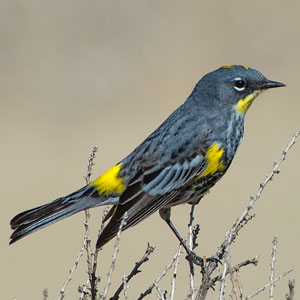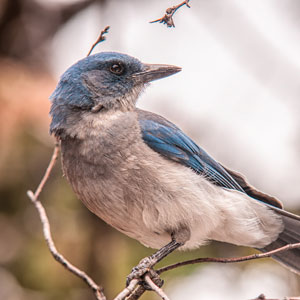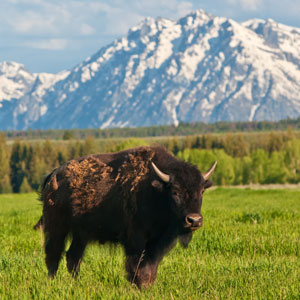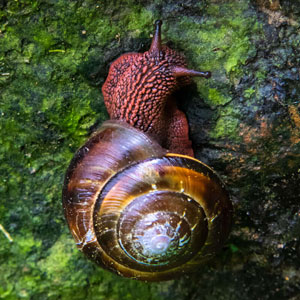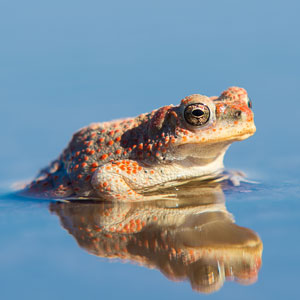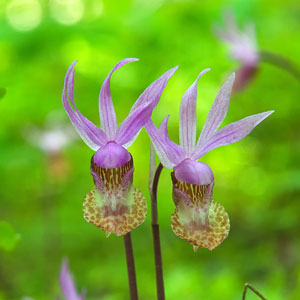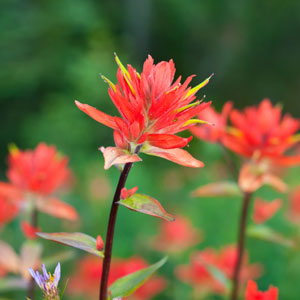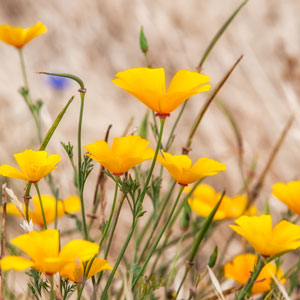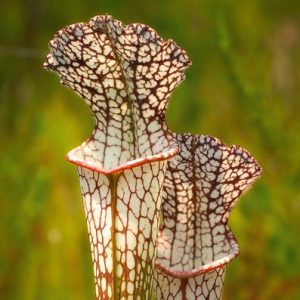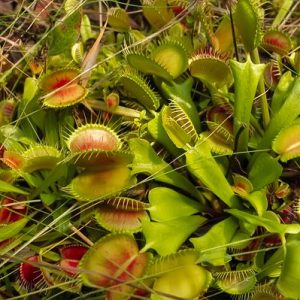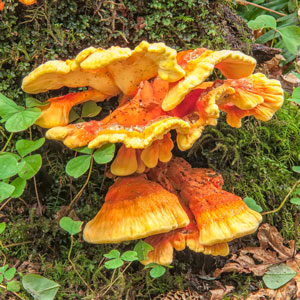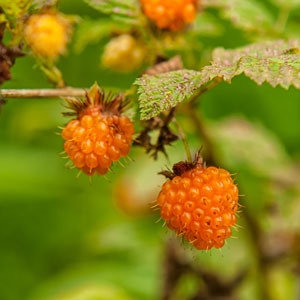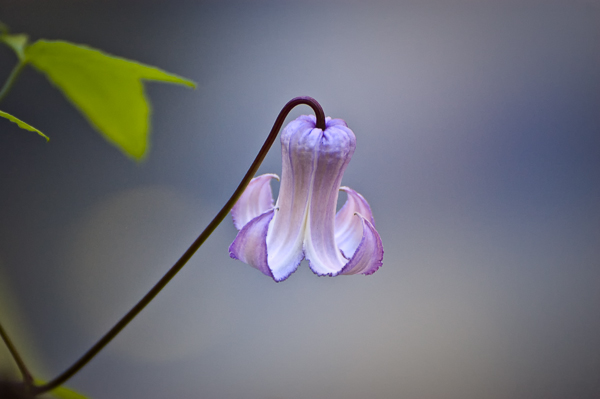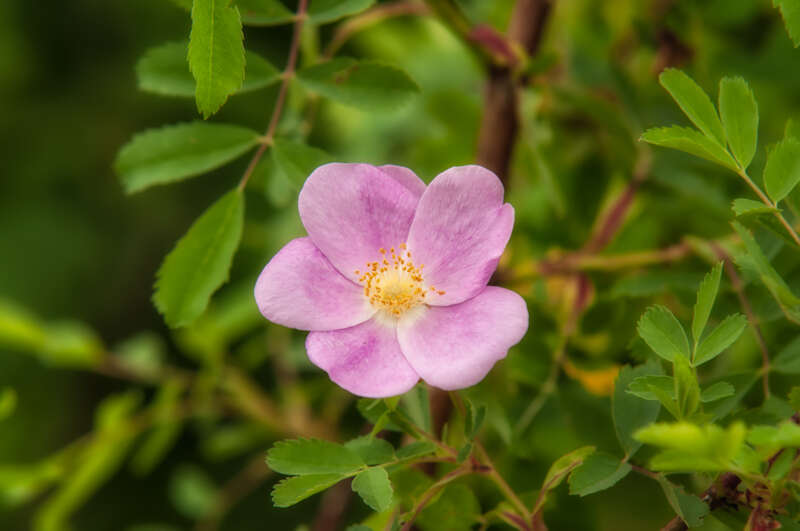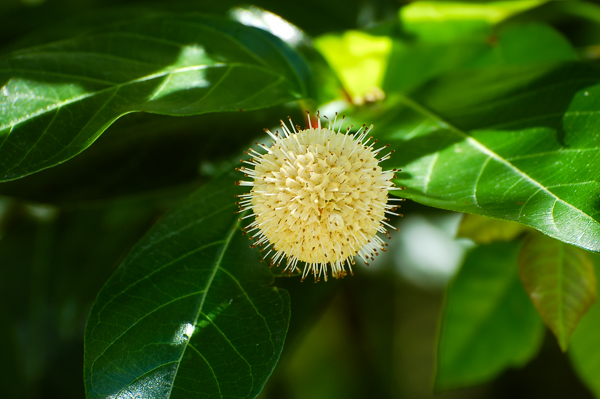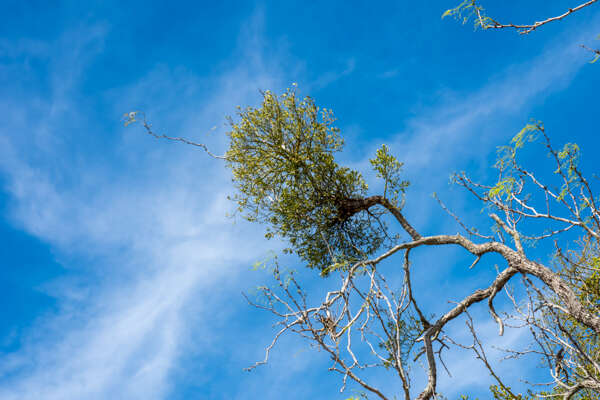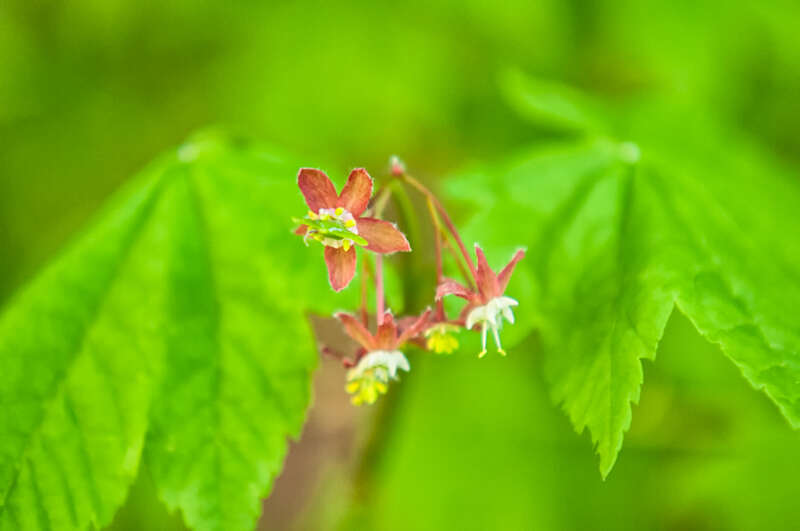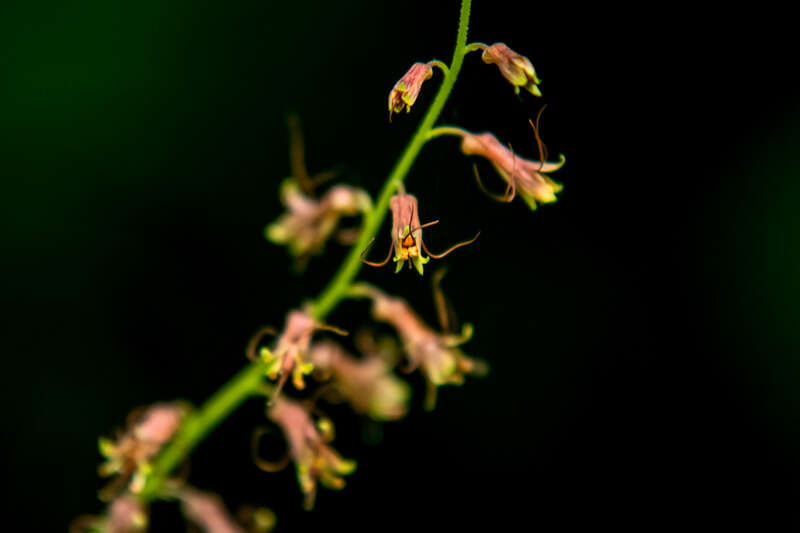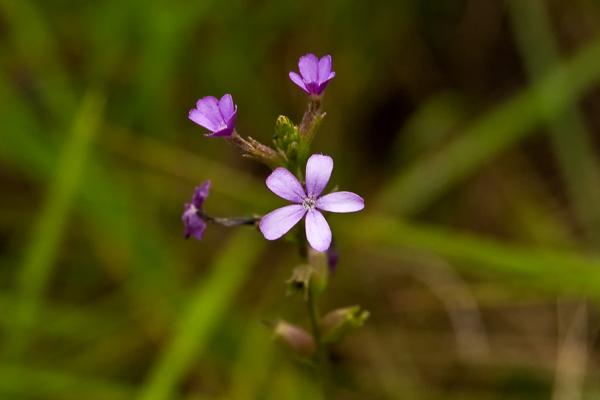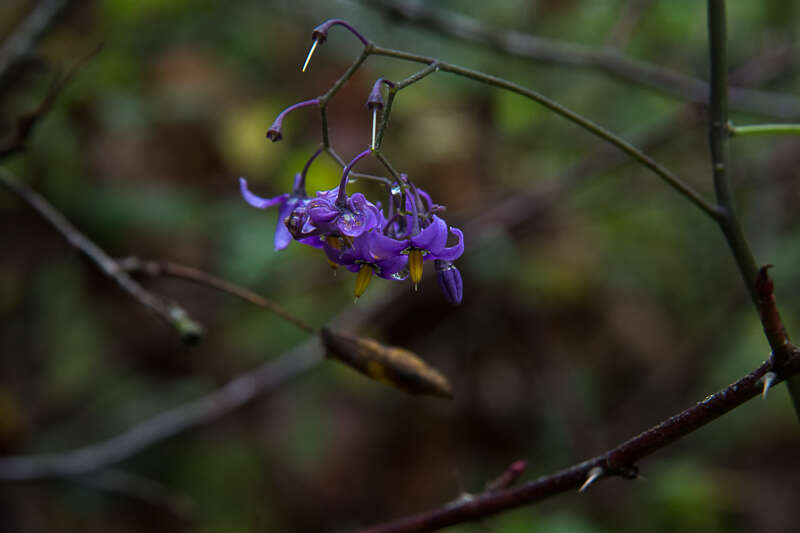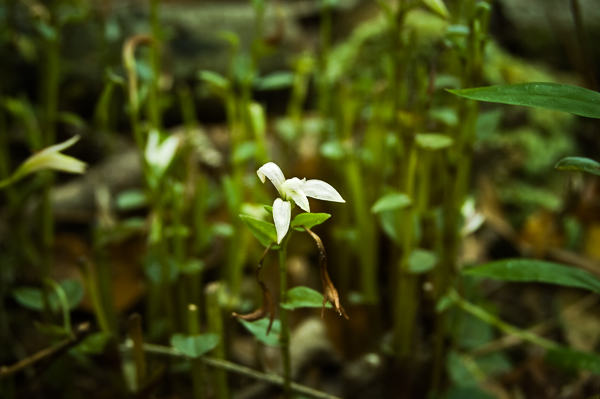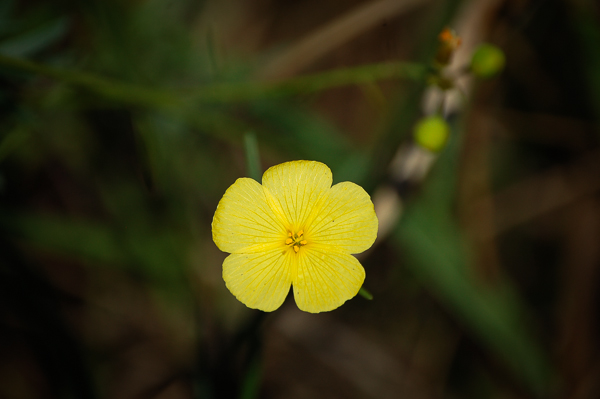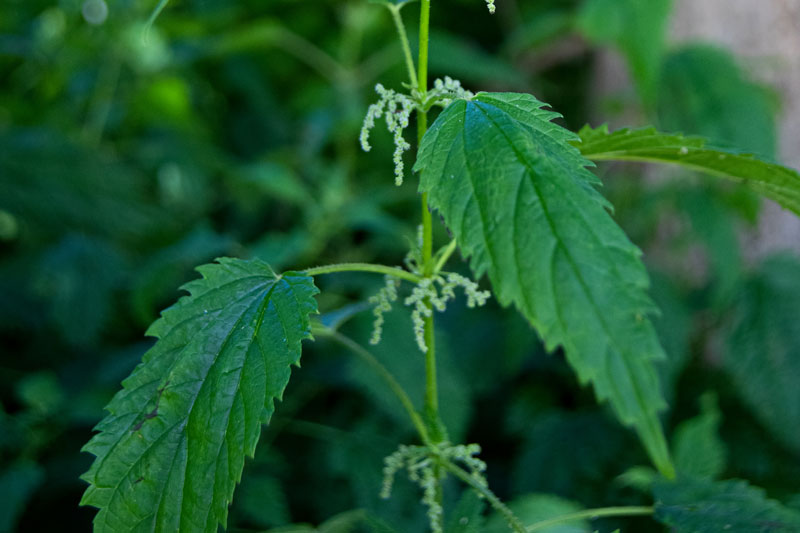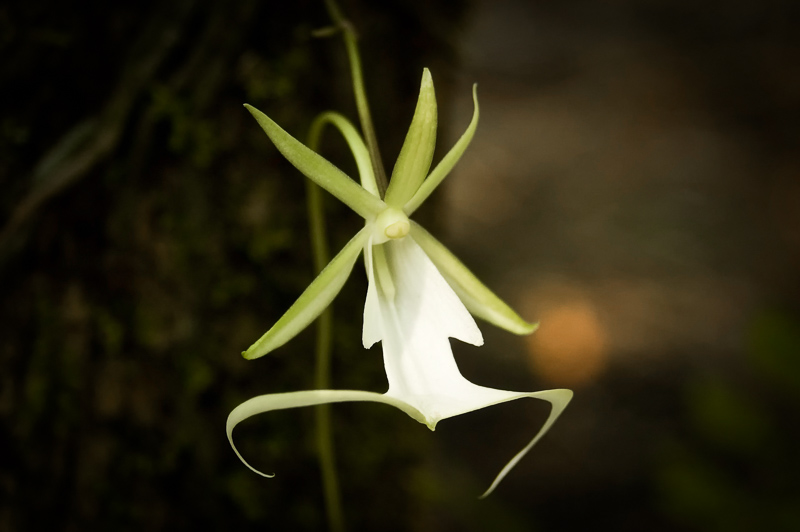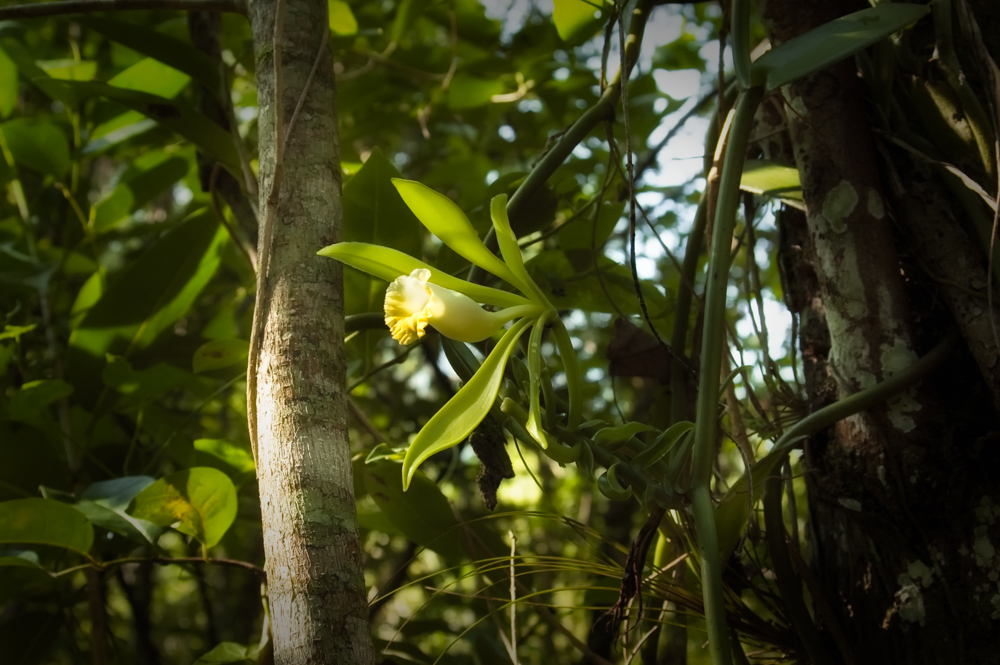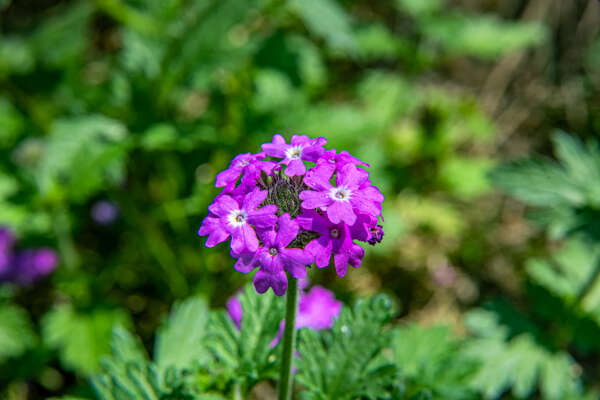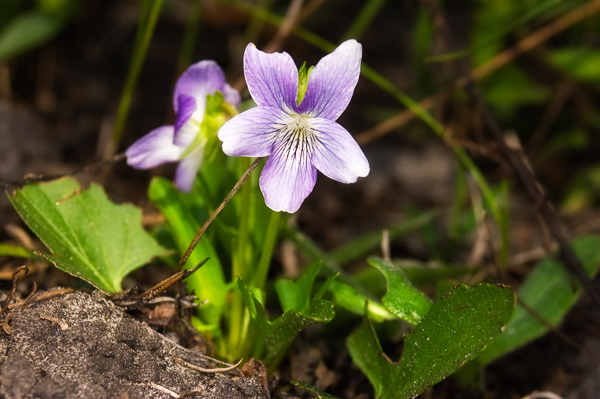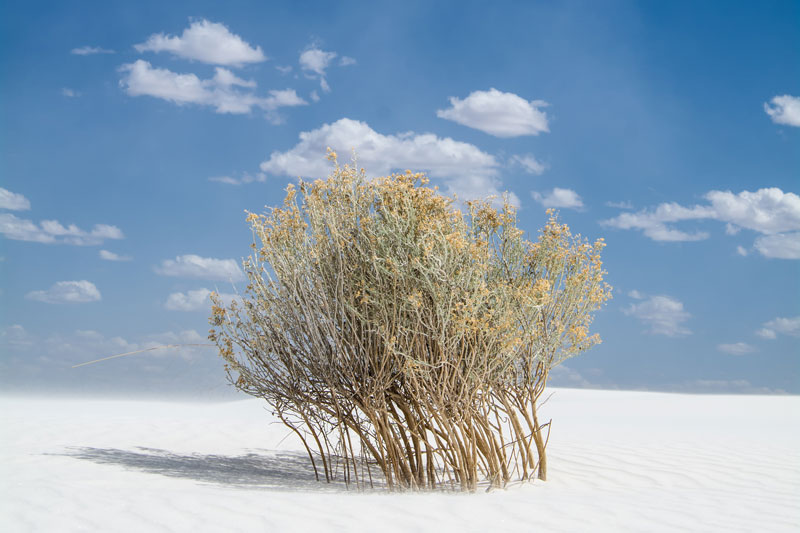Wildflowers by Family R-Z
Ranunculaceae (Buttercups)
The buttercup (or crowfoot) family of plants have not changed much in the past 100 million years, and today have about two thousand species growing natively around the world. While many have been very important to cultures around the world medicinally – most specifically for use as poultices, most are today considered poisonous to ingest.
Rosaceae (Roses and Kin)
One of the most important families of plant life to humans and many animals, Rosaceae gives us a wild variety of foods and other useful plants such as apples, roses, pears and apples, blackberries, blueberries, cherries and plums, peaches, raspberries, peaches and nectarines, and thousands more!
Rubiaceae (Coffee and Madder Family)
Some would say that life without the botanical family, Rubiaceae, is a life not worth living. Besides such essential crops for some of us, other important uses include Cinchona (responsible for giving us the important malaria-fighting quinine) and other common and popular landscaping plants such as ixora and pentas.
Santalaceae (Sandalwood and Mistletoe Family)
Plants in the Santalaceae family are truly one of the unusual categories of the botanical world. They are found around the world in tropical and temperate climates and recently have been updated to include the mistletoes. Perhaps the most important and well-known one we know beside the mistletoe popular at Christmastime is the fragrant and commercially important sandalwood.
Sapindaceae (Maples and Horse Chestnuts)
Collectively known as the soapberry family, Sapindaceae includes such well-known and important crops, plants and trees such as maples (as in maple syrup), lychees, longans and rambutans, guarana and the buckeyes and horse chestnuts.
Saxifragaceae (Saxifrage Family)
Saxifrages are most easily recognized in northern mountainous cold climates where they appear to be growing directly on or among rocks or from the thinnest of soils covering them. Cultivated members of this family are very popular in rock gardens.
Scrophulariaceae (Figwort Family)
Once a vast and mighty botanical family of flowering plants, modern scientific classification has broken this once noble family into many smaller families (and rightly so, based on DNA). The remaining figwort members are found in temperate locations around the world, and inhabit wetlands, coastal mountain ranges, tropical wetlands and rocky shorelines.
Solanaceae (Nightshade Family)
Nightshades are a very important family to many cultures around the world: culinarily, agriculturally and medicinally. While many of the plants in this family are highly toxic (who hasn’t heard of deadly nightshade?) other species are essential crops around grown the world. These include potatoes, tomatoes, eggplants, chili peppers and even tobacco!
Triphoreae
With less than a dozen species of this tribe of tiny, delicate wild orchids in North America, most of them are so small and nondescript that they are easily overlooked. Most of them are found in Mexico and only a few species reaching as far north as the United States. Of these, only one is said to be found as far north as in Ontario, Canada.
Turneraceae (Stripeseeds)
Found only in the tropics and subtropics, the plants collectively known as the stripeseeds are not as well understood as other plant groups and are believed to be close cousins to the passionflower family. Further taxonomical research and studies will need to be done to solve this academic mystery!
Urticaceae (Nettles)
Named from the Latin “to burn”, most people living in North America and the rest of the world have experience with these stinging, burning plants, usually by accidentally walking into a stinging nettle patch in shorts or bare feet.
Vandeae
Orchids of the Vandeae tribe are perhaps the most unusual of all our native orchids, because none of them have leaves except when they are tiny seedlings. they also have as part of their tribe the Holy Grail of orchid hunters – the ghost orchid. Equally fascinating and also very hard to find in the wild are the two other species of leafless orchids. See all three here!
Vanilleae
The world’s most important orchid! This tribe is responsible for giving the world vanilla, and there are only four species native to the United States, and two more of them are species that have escaped into the wild.
Verbenaceae (Verbena and Vervain Family)
This attractive botanical family is mostly tropical and includes many of our common garden ornamentals such as verbenas, lantana, vervains, and even that important wood used on boats: teak!
Violaceae (Violets)
From the Florida Everglades to the top of the Olympic Mountains of the Pacific Northwest, across sagebrush plains and through heavily wooded forests, our distinctive native violets are one of the prettiest groups of wildflowers to be found anywhere!
Zygophyllaceae (Caltrops)
The caltrop and bean-caper family includes some of the most prickly, thorny plants found in the more arid regions of the world and are mostly adapted to harsh environments. Perhaps the most easily recognized species in North America is the creosote bush.


